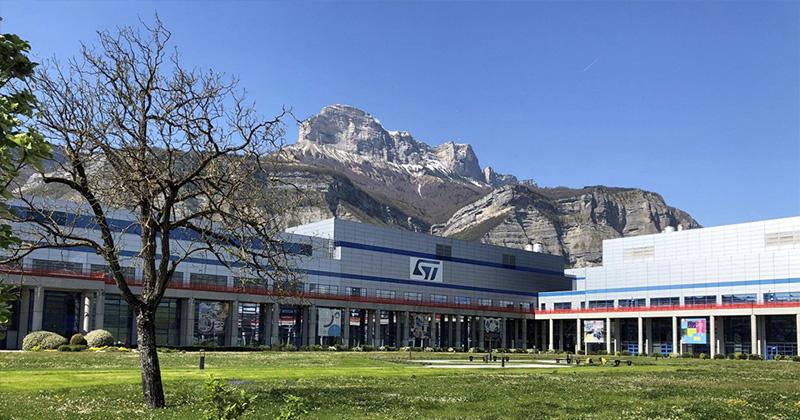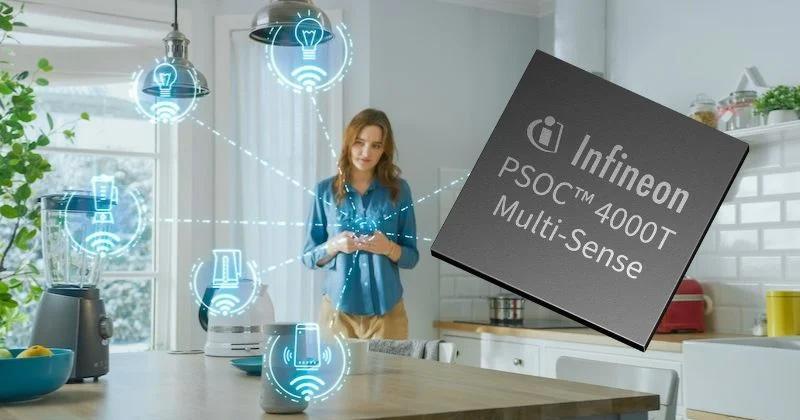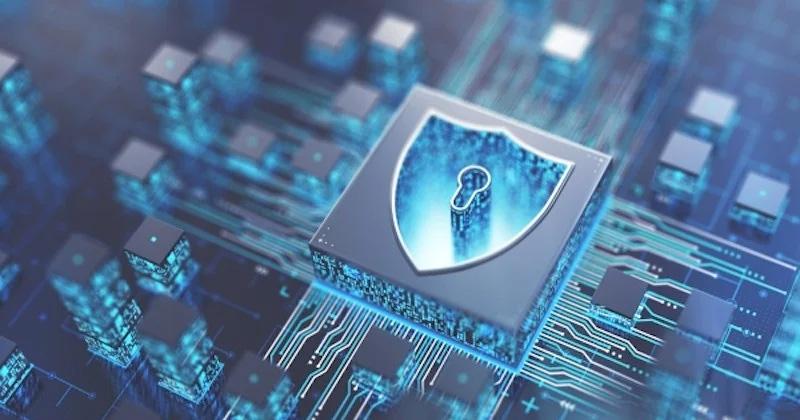
Raspberry Pi Optimizes Over-the-Air Smart Grid Updates
As energy resources grow scarcer and electricity costs rise, managing energy consumption has become necessary for users. Understanding and optimizing power usage patterns through smart energy management systems (SEMS) is an effective conservation and cost-reduction technique. However, software updates in SEMS can be challenging when devices are physically dispersed across wide geographical areas, and continuous operation is essential. The situation grows more complex as energy networks expand and require more frequent updates to maintain optimal performance.
Regami Solutions has introduced an Over-the-Air Update technology (OTA) to deliver remote updates to IoT devices. The OTA solution increases energy management efficiency while reducing operational costs.

Remote energy management. Image used courtesy of Adobe Stock
The Smart Energy Management System
A SEMS is a unified platform that leverages real-time energy consumption data to monitor, measure, control, and optimize energy use in residential and commercial settings. Utilizing technologies like IoT, artificial intelligence, cloud computing, and big data analytics, SEMS gathers and processes energy usage data to reveal actionable insights to unlock effective energy management and improvement in efficiency.
In this system, each energy-using device or process is integrated with IoT-based controllers and modules that capture consumption data at specific intervals and transmit it to a centralized middleware or cloud server for analysis. Hardware components such as sensors, controllers, and Raspberry Pi devices form the foundation for SEMS. Software layers process the data generated from these devices in real time to enable dynamic energy optimization and automation.
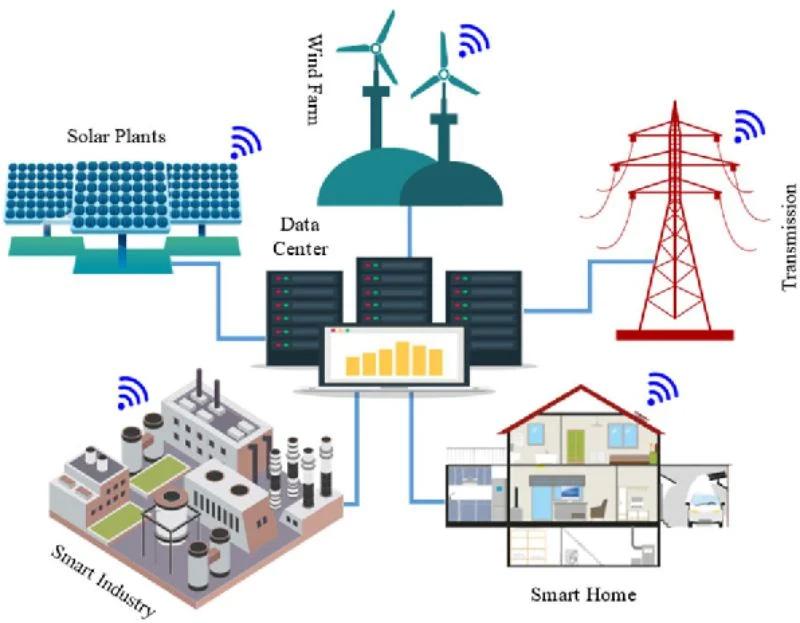
Smart energy management system. Image used courtesy of Saleem et al.
Software updates are needed to maintain an SEMS's performance, security, and functionality. They fix bugs, patch vulnerabilities, and introduce new features. Currently, updates often require manual intervention, involving technicians visiting sites to update devices, which is time-consuming and costly. Without updates, systems risk becoming outdated, inefficient, or vulnerable to cyber threats, compromising user experience and grid stability.
Regami Over-the-Air Update Raspberry Pi
To enhance SEMS, a recent Medium project shows a Raspberry Pi integrated with Regami over-the-air (ROTA) update technology.
The system architecture utilizes Raspberry Pi's GPIO interface for hardware integration and supports Python or other programming environments for developing control algorithms. OTA updates through wireless or wired network protocols allow the system to deploy firmware and software upgrades.
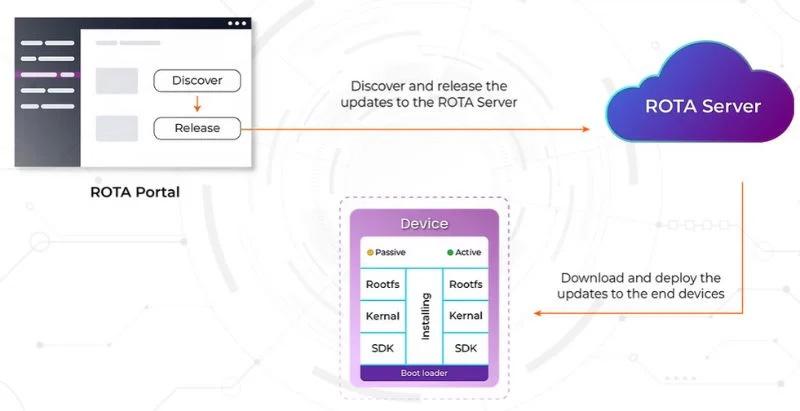
Regami Over-the-Air update architecture. Image courtesy of Regami Solutions
On the hardware side, the Raspberry Pi features a quad-core processor and 2-8 GB RAM configurations and can be connected to various sensors and actuators. The device also supports communication protocols such as MQTT, HTTP, and Modbus for interfacing with distributed energy resources and other IoT devices. According to Regami, implementing OTA capabilities allows the system to adapt rapidly to new energy management algorithms, improves load balancing, and enhances user control interfaces.
Future Implications
Remote software updates for distributed energy systems will become increasingly necessary as power grids grow more complex and digitalized. Combining Raspberry Pi's accessibility with over-the-air updates enables wider adoption of smart energy management across different scales, from homes to industrial facilities. This approach to maintaining distributed systems could help accelerate the transition to more efficient and resilient power networks while reducing operational costs.


